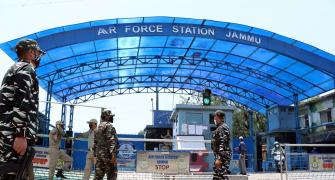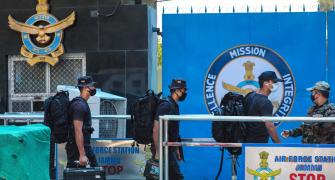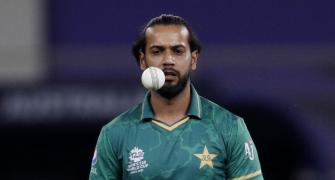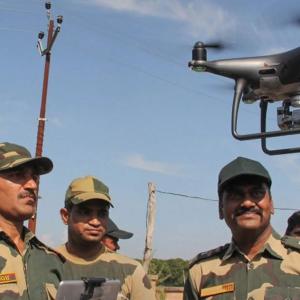While Pakistan enjoys rough parity with India in legacy weapon systems, it is beginning to enjoy superiority in drone warfare, thanks to the RPVs supplied by China, explains Ajai Shukla.
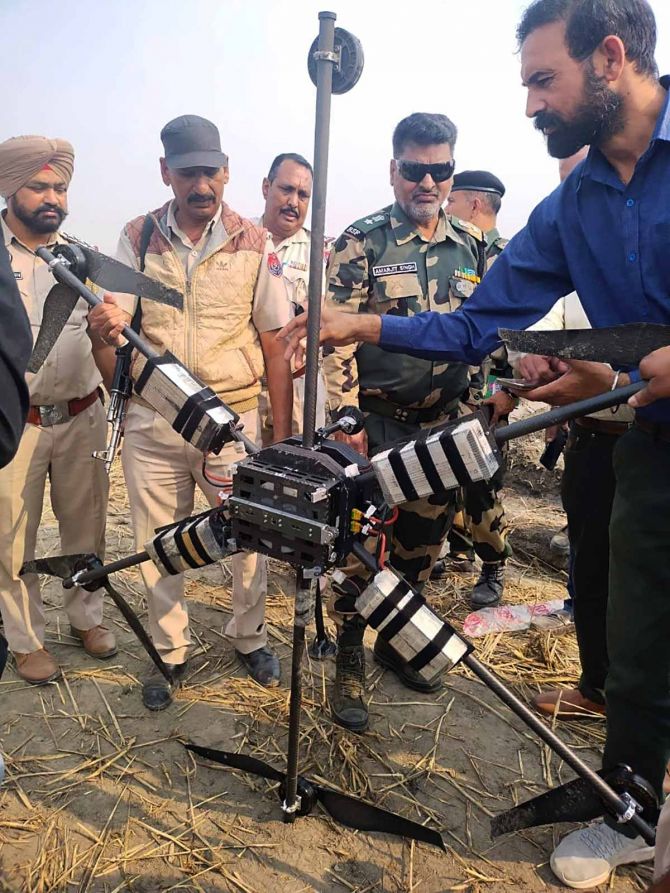
Inaugurating a new production line recently in Vadodara, Gujarat, where Tata Advanced Systems will build C-295 transport aircraft for the Indian Air Force in technology partnership with Airbus Defence and Space, Prime Minister Narendra Modi talked up his vision of 'Aatmanirbharta'.
India, he declared, would soon be a huge manufacturer of transport aircraft, having shed the 'makeshift approach' of the previous government where the manufacturing sector barely survived through subsidies.
Yet there remain serious questions over the Indian military's capabilities, and whether it could prevail in the two-front war that analysts anticipate, with China fighting its version of an 'informatised war', in which killer robots, driven and enhanced by artificial intelligence, machine learning and quantum computing quickly put paid to an Indian Army that is driven in a more conventional manner.
Many believe that such a war is unlikely, as China would not want to be seen as needing Pakistani help in slapping down a smaller and weaker India. Even so, an opportunistic Pakistani military might not spurn the opportunity to jump into the fray.
Unanswered questions remain, therefore, over whether India has equipped and readied itself for such a contingency, or whether our military would go into battle in 2022-2023 using tactics and equipment very similar to those it used in the 1999 Kargil conflict.
What exactly has changed; and what badly needs to?

Armed drones, freed to operate by the early destruction of the enemy's air defence weapon systems, can vault over the enemy's forward defences to strike its reserve echelons, tactical infrastructure such as headquarters and communication nodes, logistics units such as ammunition dumps and geographical bottlenecks that force troops to concentrate, presenting lucrative targets.
While Pakistan enjoys rough parity with India in legacy weapon systems, it is beginning to enjoy superiority in drone warfare, thanks to the RPVs supplied by China, including the Wing Loong and RPVs obtained from Iran and Turkey.
India does not yet have a doctrine to counter these new threats, or a strategy to underpin a response framework. Even as China perfects its strategy and implements for fifth-generation warfare, our acquisition of drones and counter-drone systems continues to founder on slipshod procurement policies.

A key reason for not having a tactical, and operational doctrine for drones is the lamentable absence of a National Security Strategy, which is essential for formulating strategic, operational and tactical concepts that, in turn, would shape the development of the force.
Without a technically proficient national security advisor, who can direct the making of apex-level policy, the military will not even know what war to prepare for.
It is evident that the current NSA does not accord a high priority to formulating an NSS, having pushed the responsibility onto the chief of defence staff, the department of military affairs and various scientific establishments such as the Defence Research and Development Organisation.
This is undesirable, since the CDS, from the time this post was conceived in 1999, was pointed towards tri-service force structuring, procurement, integration, and re-organisation of the existing single-service theatres into integrated tri-service commands.



